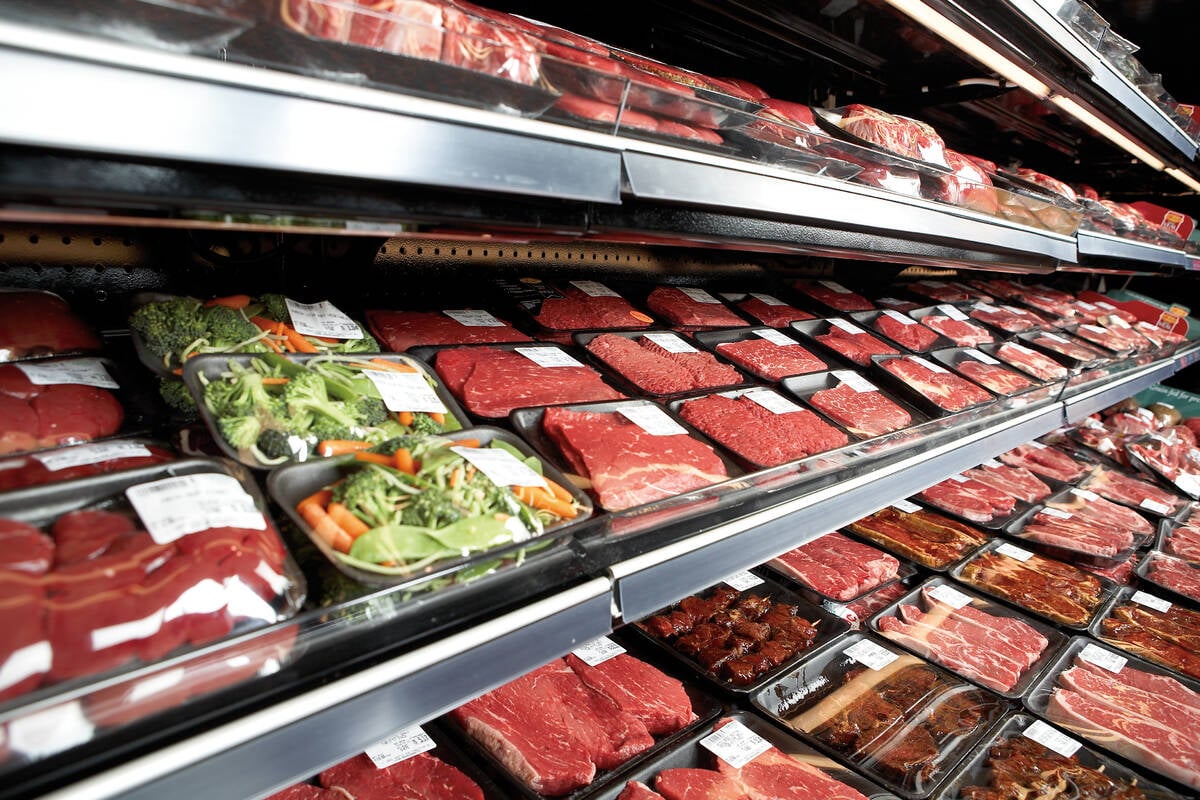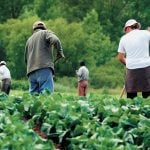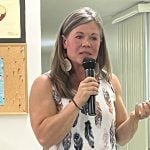More hunting The Sask. moose population has exploded, especially in the south, where moose were once a rare sight
An extra 350 moose hunting licences were made available in southern Saskatchewan last week as the government moved to curb the moose population.
Environment minister Ken Cheveldayoff said a second draw for tags was held to try to keep moose numbers down in areas where more people live.
“It’s a public safety concern first of all,” he said in an interview.
Ten years ago a moose sighting on southern Saskatchewan farmland was rare, but the population has grown to the point where extra hunting licences are required. The minister said the moose are more comfortable on larger farms with fewer people around.
Read Also

Meat and plant protein are both good for human health – McMaster study
A study from McMaster University in Hamilton, Ont. has found that meat consumption doesn’t increase the risk of death.
The province estimates there are 50,000 moose in the province and about 10 percent of them live south of the treeline, or where most people live.
The extra hunting licences were allocated in the southern farmland wildlife management zones.
The total number of available licences has been rising since 2008, said Cheveldayoff.
Including the additional licences announced last week, 5,190 hunters were drawn from 28,229 applications this year.
Saskatchewan Wildlife Federation executive director Darrell Crabbe said no one really knows the exact moose population and whether more licences will have an impact.
“Some landowners in some zones feel that any increase in moose harvest is unnecessary,” he said.
“They would post their land.”
Crabbe said some people, for some reason, have an emotional attachment to moose compared to deer, for example.
They believe that moose that live on their farmland deserve to be protected.
However, more interactions between moose and people are causing concern.
In July, an RCMP officer was killed when his cruiser hit a moose. Collisions in 2011 between all wildlife caused 300 injuries and two deaths, and the Auto Fund paid more than $47 million in wildlife claims, according to SGI.
And while moose might appreciate fewer people around the farm, they wander into major cities several times a year, including a June incident at the Regina International Airport where a moose on the runway delayed a flight.
Moose hunting season runs between Oct. 1 and Nov. 14.















